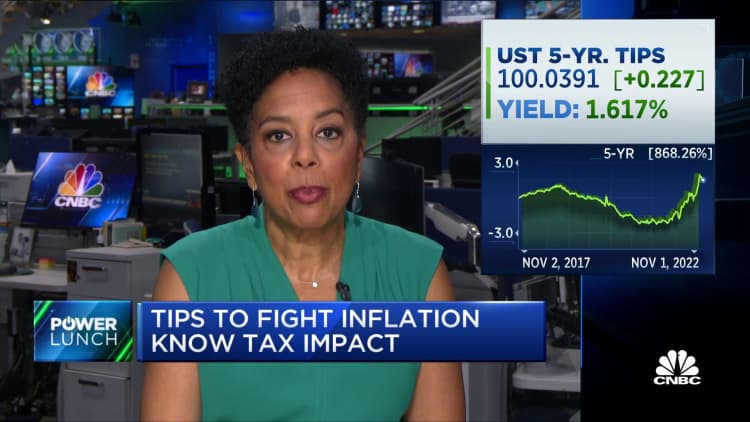Hits: 11
Prostock-Studio | Istock | Getty Images
If you piled into Series I bonds over the past couple of years amid record-high yields, you may be eyeing an exit strategy as the rate declines.
In May, annual I bond interest for new purchases dropped to 4.3% through October, down from 6.89% last November, based on cooling inflation measured by the consumer price index data.
Meanwhile, annual inflation rose to 4.9% in April, the smallest jump in two years, the U.S. Bureau of Labor Statistics announced Wednesday.
I bond yields have two parts: a fixed rate that stays the same after purchase, and a variable rate, which changes every six months based on inflation. The U.S. Department of the Treasury announces new rates every May and November.
But after a series of interest rate hikes from the Federal Reserve, alternatives like Treasury bills, certificates of deposit or money market accounts have emerged as competitive options for cash.
“People are naturally asking us: When is the best time to get out of I bonds?” said certified financial planner Jeremy Keil at Keil Financial Partners in Milwaukee.
However, the best time to sell may vary, depending on when you purchased the I bonds, along with your investing goals, said Keil, who has addressed the question on his company blog.
The interest penalty can ‘chop down’ earnings
One of the big downsides of purchasing I bonds is you can’t access the money for at least one year. But there’s another sneaky pitfall: a penalty for selling the asset within five years.
“You lose that last three months of interest,” said Ken Tumin, founder and editor of DepositAccounts.com. “And that will chop down your total earnings.”
If you’re selling I bonds within five years, it’s easy to get confused by how much interest you’re giving up. That’s because the yield resets every six months starting on your purchase date, not when the Treasury Department announces rate adjustments.
For example, if you bought I bonds last July, when the annual rate was 9.62%, your interest didn’t drop to 6.48% until this January, and your rate won’t decline to 3.38% until this coming July. (You can find the rate by purchase date here and rate change by purchase month here.)
“If you bought in April 2022, don’t be upset about the new rate because it won’t affect you until October,” Keil said.

There’s no ‘partial month’ of interest for I bonds
You also need to consider the timing of when you sell, because you don’t earn interest until you’ve held I bonds for the full month, according to Keil.
“There’s no partial month [of interest] in the world of I bonds,” he said — meaning it’s better to cash out at the beginning of the month rather than the last few days, if possible.
Be the first to comment